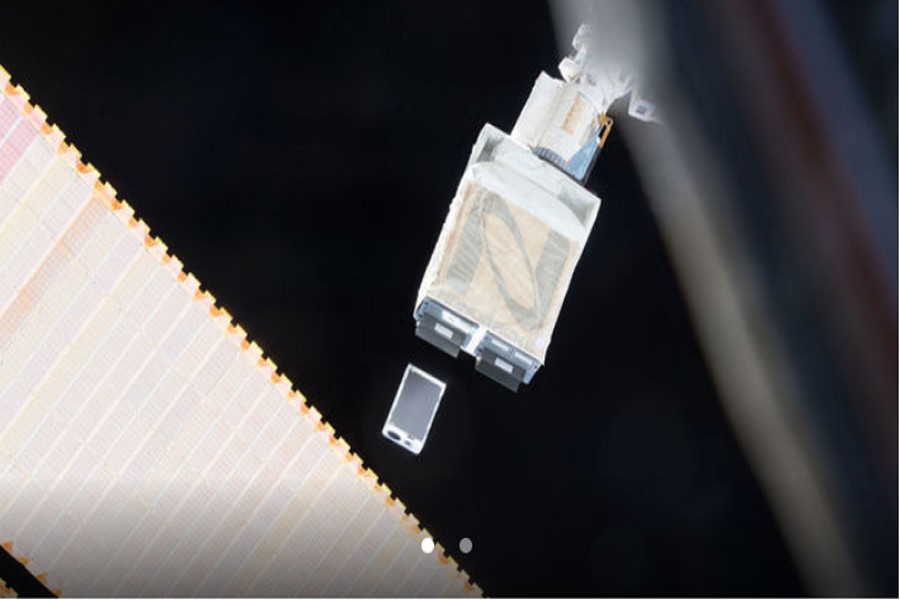U.S. National Aeronautics and Space Administration (NASA)'s Jet Propulsion Laboratory (JPL) recently deployed a tiny satellite called CubeSat from the International Space Station for astronomy.
For the next few months, the Arcsecond Space Telescope Enabling Research in Astrophysics (ASTERIA), under an early-career program at JPL known as Phaeton, will test whether a CubeSat can perform precise measurements of the intensity of an object's light, known as its flux, according to JPL.
This fluctuation is useful for a number of commercial and astrophysics applications, including the discovery and study of planets outside of our solar system, known as exoplanets. However, a space telescope has to correct for internal sources of error while making these measurements.
Engineers have learned to correct for "noise" in much larger space telescopes. If they were able to do the same for CubeSats, it could open an entirely new class of astronomy tools, said JPL.
The newly deployed ASTERIA will help NASA determine the viability of CubeSats as space telescopes for future observational missions.
CubeSats have attracted a lot of attention in recent years.
"CubeSats offer a relatively inexpensive means to test new technologies," Amanda Donner of JPL, mission assurance manager for ASTERIA, was quoted Thursday in a news release. "The modular design of CubeSats also makes them customizable, giving even a small group of researchers and students access to space."


